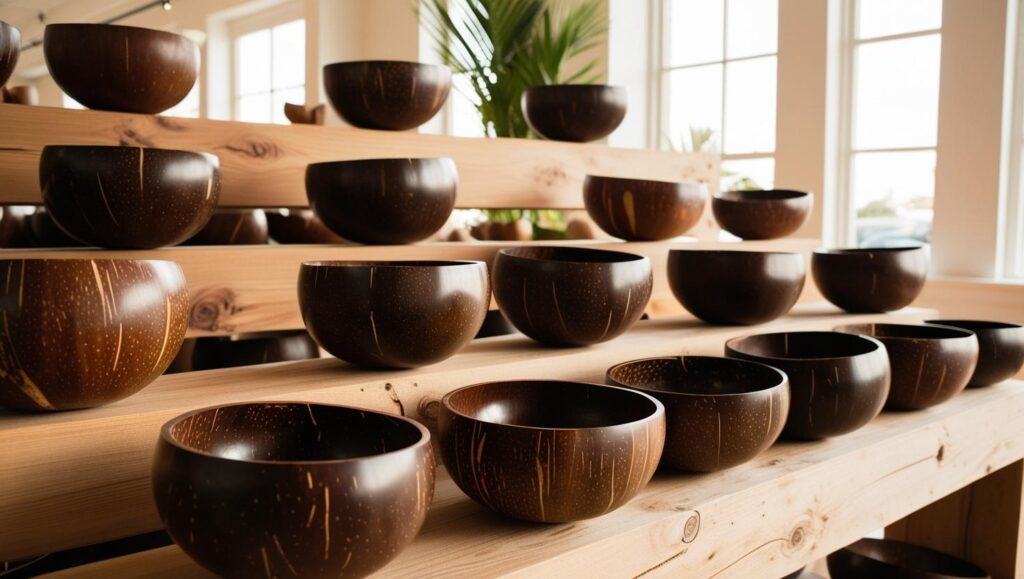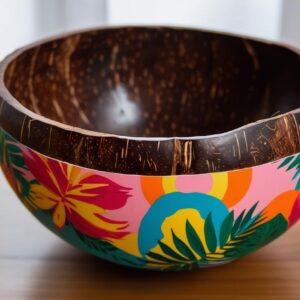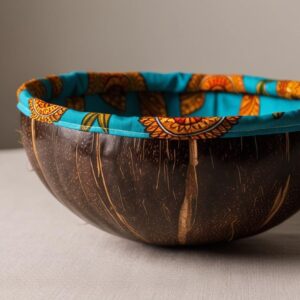Making Coconut Bowls
From Coconut to Bowl: The Fascinating Process of Making Coconut Bowls
Making Coconut Bowls
Are you a fan of sustainable and eco-friendly products? If so, you’ll love learning about the fascinating process of making coconut bowls. These unique and beautiful bowls are not only stylish and versatile, but they also help reduce waste and support sustainable practices. From the humble coconut to a stunning bowl, the journey is truly remarkable.
It all starts with the coconut palm, which is often referred to as the “tree of life” due to its multitude of uses. The coconuts used to make these bowls are harvested from mature coconut palms, ensuring that no part of the tree goes to waste. Once harvested, the coconuts are cracked open, and the meat and water inside are extracted for consumption.
But what happens to the shells?
Instead of being discarded as waste, the coconut shells are carefully collected and cleaned to prepare them for their transformation into bowls. This step is crucial in ensuring that the final product is safe for use with food and beverages. The cleaning process typically involves scrubbing the shells with water and natural cleansers to remove any remaining coconut meat or debris.
Once cleaned, the coconut shells are left to dry naturally in the sun. This not only helps to further clean and sanitize the shells but also brings out their natural colors and patterns. Each shell is unique, with its own distinct markings and textures, making every coconut bowl a one-of-a-kind piece.
After drying, the shells are carefully shaped and sanded by skilled artisans. This step requires precision and attention to detail to create smooth and even surfaces, as well as uniform shapes and sizes. The artisans use traditional tools and techniques to craft the coconut shells into beautiful bowls, ensuring that no two pieces are exactly alike.
Once shaped and sanded, the coconut bowls are polished to enhance their natural luster and beauty. This step brings out the rich tones and grain patterns of the coconut shells, resulting in stunning, glossy finishes. The polished bowls are then inspected for quality to ensure that they meet high standards for both aesthetics and functionality.
The final touch in the process is adding a food-safe finish to the coconut bowls. This finish not only seals and protects the bowls but also highlights their natural characteristics. It’s important to note that no artificial dyes or chemicals are used in this process, allowing the true beauty of the coconut shells to shine through.
The end result is a gorgeous, eco-friendly coconut bowl that is perfect for serving smoothie bowls, salads, snacks, and more. The bowls’ natural durability makes them ideal for everyday use, and their unique appearance adds a touch of tropical charm to any table setting. Whether you’re enjoying a meal at home or hosting a gathering with friends, coconut bowls are sure to impress.
Beyond their aesthetic appeal, coconut bowls also offer environmental benefits. By repurposing discarded coconut shells, these bowls help reduce waste and minimize the environmental impact of coconut harvesting. Additionally, their production supports local artisans and communities, providing sustainable livelihoods and preserving traditional craftsmanship.
So, the next time you enjoy a delicious meal presented in a coconut bowl, take a moment to appreciate the incredible journey that brought it to your table. From the coconut palm to skilled hands, each step in the process contributes to creating a sustainable and stylish dining experience.
Embrace the beauty of nature with coconut bowls and make a positive impact on the planet with every use.




